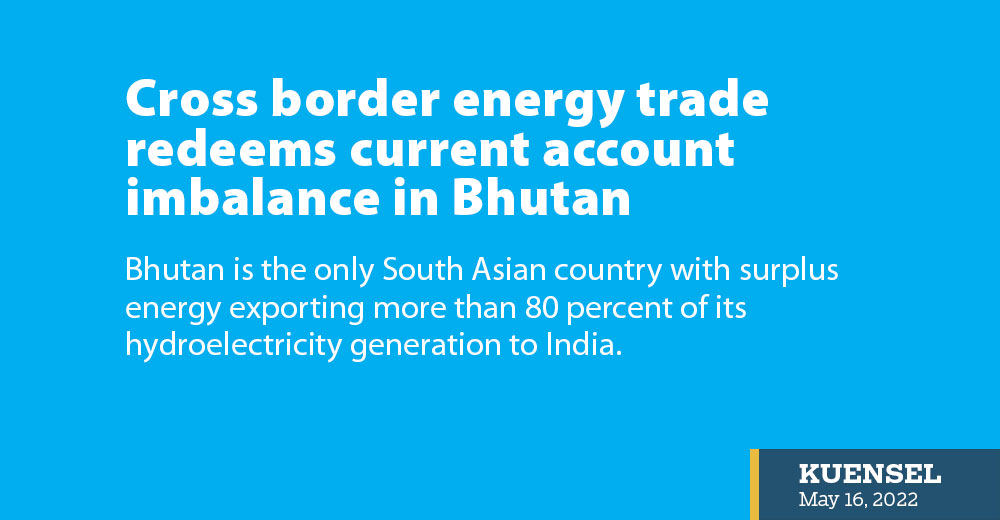Bhutan is the only South Asian country with surplus energy exporting more than 80 percent of its hydroelectricity generation to India.
For Bhutan cross border electricity trade has been initiated with the government of India’s investment in Bhutanese hydropower power projects ensued by the power purchase agreements, guaranteeing the kingdom’s energy market in India.
On the back of bi-lateral hydropower development and facilitation of cross border electricity trading, Bhutan has shifted to a higher growth trajectory, since the commissioning of 1,020MW Tala hydropower project in 2006-07. Bhutan’s average economic growth rate increased from 6 percent between 1993 and 2002 to 8.7 percent on average over the next ten years. The commissioning of the Tala hydropower project in 2006 drove up GDP growth to nearly 13 percent in the following year, and 10 percent the year after.
Since the country began harnessing its hydro energy, it has not only enabled economic growth and industrialization but also played a vital role in the socio-economic development of the country. Hydropower emerged as a major economic sector in the country contributing over 14% to the GDP and 27% to the national revenue after 2002.
The benefits of cross-border electricity trade can be further explained by Bhutan’s trade balance. Cross border electricity trade has been absorbing at least Nu 10B of the trade deficit since 2016. In the year 2019 for instance, Bhutan would have suffered a trade deficit of Nu 44 billion had it not been for the Nu 16.23 billion worth of energy export to India. Similarly, in 2020, despite the import bill hitting a record high of Nu 67 billion, electricity export had offset more than Nu 27 billion deficit.

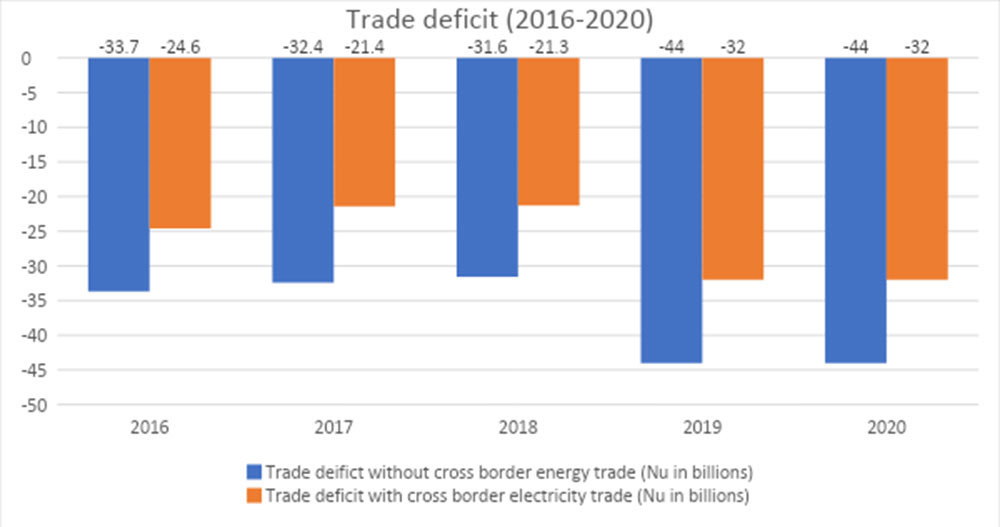
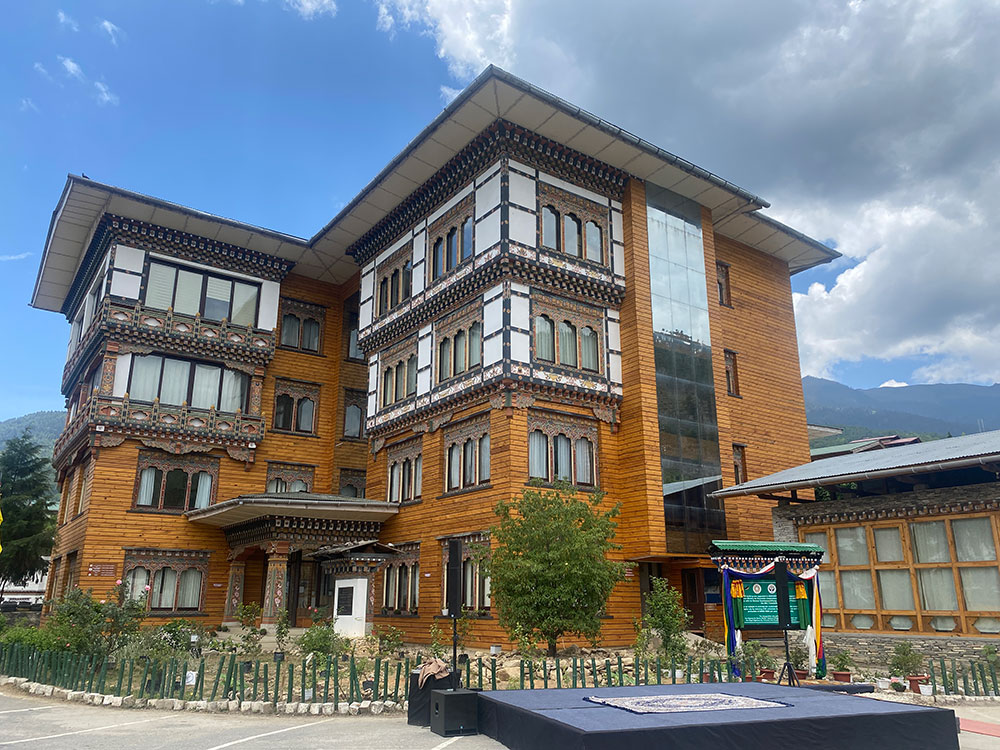
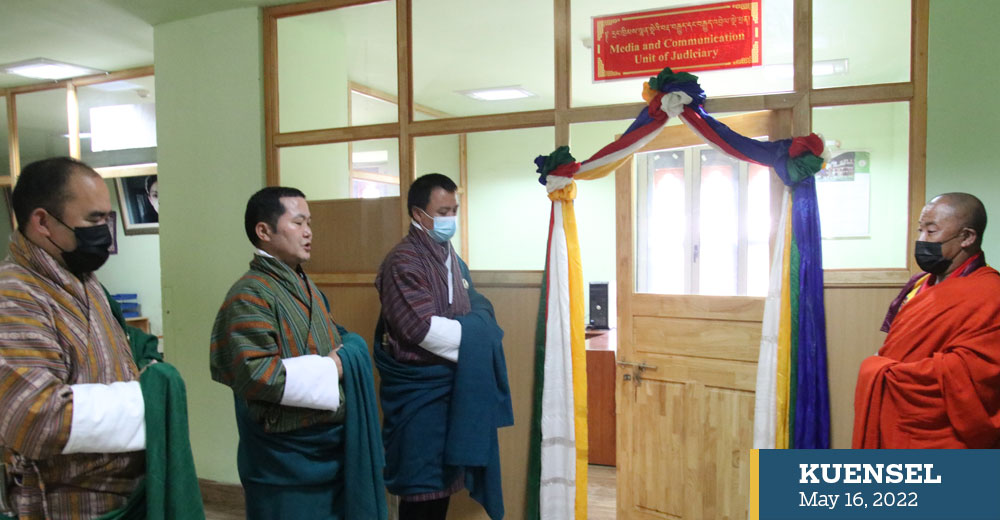


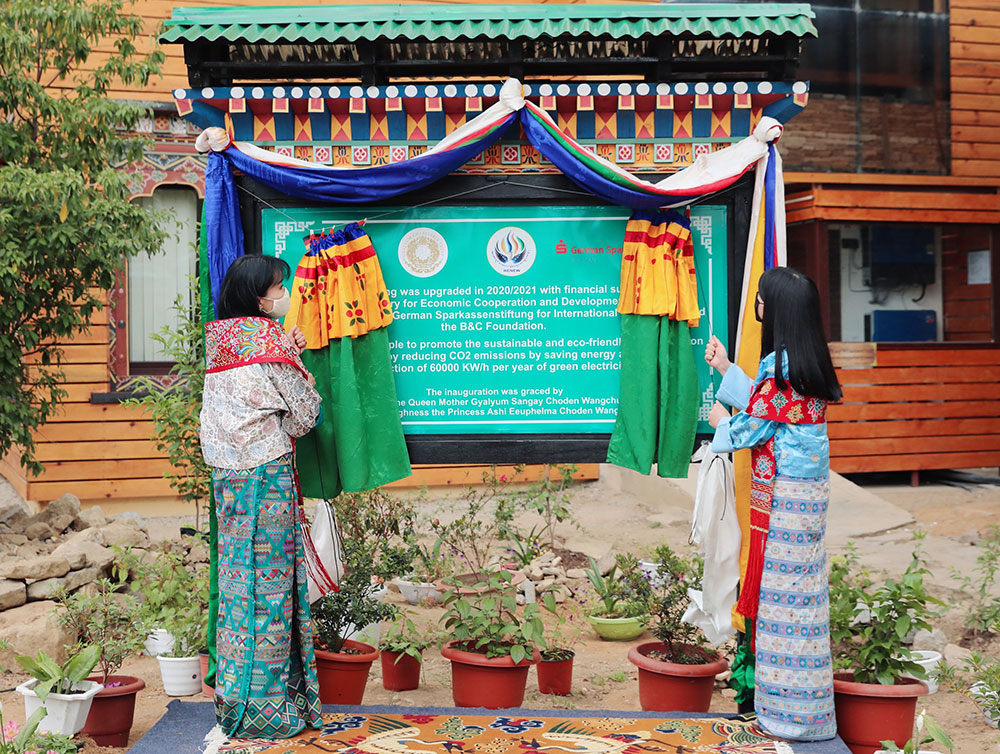
For that matter, Bhutan’s current account balance is largely dependent on cross border electricity trade.
As per the Bhutan Trade Statistics, energy export to India can be estimated as an average 5,242 million units (MU) a year between 2016 and 2018 amounting to almost Nu 12 billion. The country also imports a small amount of electricity during lean winter months, when the river flow isn’t even sufficient to sustain domestic consumption. This leaves a net earning of about Nu 11.6 billion.
Concerns were raised when hydropower development peaked between 2010 and 2012 resulting in a rupee shortage in the country driven by huge INR outflow on the back of the booming construction sector. The country’s export diversification was underpinned by apprehensions of putting all eggs in one basket and dutch disease of sort circling around the hydropower sector.
Despite the concerns, the full commissioning of 720MW Mangdechhu in 2019 resulted in a 31 percent increase in power generation bringing in a record earning of over Nu 27 billion. Of course, this was supplemented by improved hydrology but the year also saw its energy trade balance improve. During the year 2019, the country experienced surplus energy trade despite importing Nu 11B worth of petroleum products import bill.
It is evident that the country’s energy basket and energy trade balance is the ultimate beneficiary of cross border energy trade.
But there is more scope given the seasonal demand for electrical energy among countries in the Bangladesh-Bhutan-India-Nepal (BBIN) Region and a favourable system in place to influence more cross border energy trading. A study conducted by World Bank stated that hydroelectric energy in Bhutan and Nepal plays a critical role in determining the feasibility of trade. In the monsoon season, ample energy is available from hydroelectric resources in Bhutan, where the demand is subdued and can be sold to India and Bangladesh. For the first time during the lean winter months and due to an unexpected maintenance overhaul of Tala hydropower plant, Bhutan bought power in India’s Energy Exchange.
Further, Bhutan’s status as the first and only carbon-negative country can also be partly attributed to its emphasis on clean, renewable energy tapped from its rivers. Aimed at encouraging developing nations to invest in greenhouse gas emission reduction projects, Bhutan has also successfully built hydro projects under the clean development mechanism, offsetting the level of carbon emissions from fossil-based energy in India.
Contributed by
Tshering Dorji
The story is being covered by the Institute of Happiness for a research conducted on the effects of the cross border energy trade.


